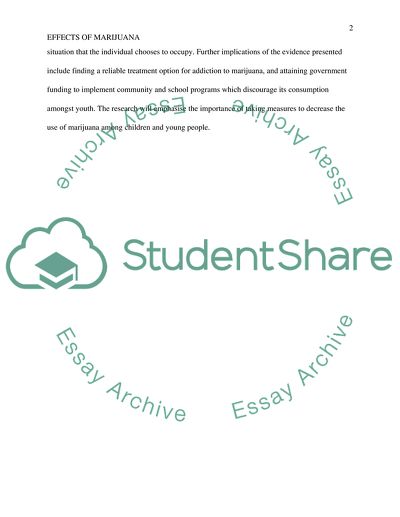Cite this document
(“Psychological and Physiological Addiction in Marijuana: A Comparison Essay”, n.d.)
Psychological and Physiological Addiction in Marijuana: A Comparison Essay. Retrieved from https://studentshare.org/psychology/1637579-psychological-and-physiological-addiction-in-marijuana-a-comparison
Psychological and Physiological Addiction in Marijuana: A Comparison Essay. Retrieved from https://studentshare.org/psychology/1637579-psychological-and-physiological-addiction-in-marijuana-a-comparison
(Psychological and Physiological Addiction in Marijuana: A Comparison Essay)
Psychological and Physiological Addiction in Marijuana: A Comparison Essay. https://studentshare.org/psychology/1637579-psychological-and-physiological-addiction-in-marijuana-a-comparison.
Psychological and Physiological Addiction in Marijuana: A Comparison Essay. https://studentshare.org/psychology/1637579-psychological-and-physiological-addiction-in-marijuana-a-comparison.
“Psychological and Physiological Addiction in Marijuana: A Comparison Essay”, n.d. https://studentshare.org/psychology/1637579-psychological-and-physiological-addiction-in-marijuana-a-comparison.


